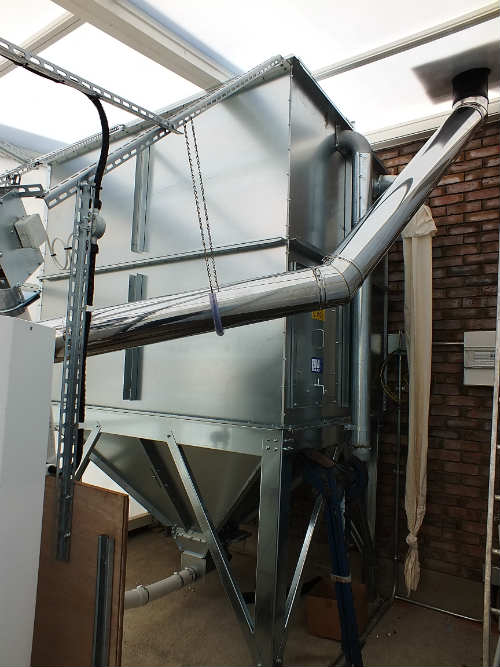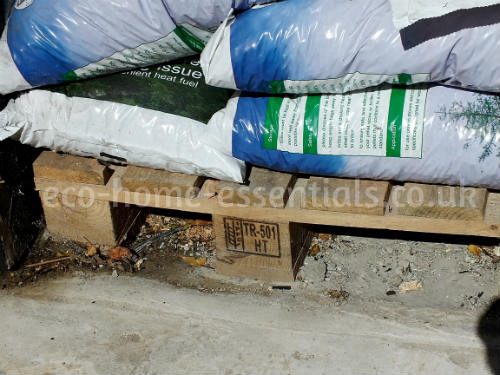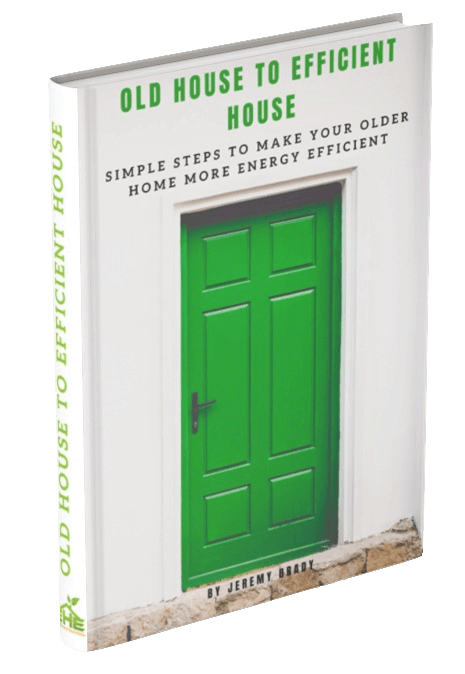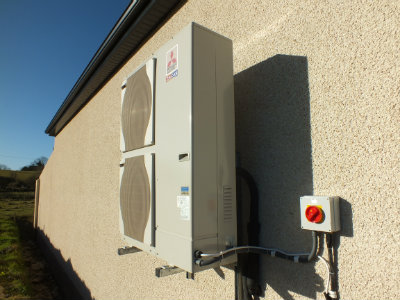What Wood Pellet Storage Option Will Suit You?
Deciding which wood pellet storage is right for you is an important stage in the process of choosing a biomass boiler for your home.
If you’re installing a domestic wood pellet boiler you have two main options
- Install a hopper.
- Or you may choose to manually load your boiler in order to reduce your initial outlay, or perhaps you don’t have the space required for a hopper (typically 3m x 3m).
Wood Pellet Storage Options:
1. Hopper:
Hoppers are the most popular wood pellet storage option and typically hold a minimum of 3½ tons of wood pellets. This is because most suppliers will work on a minimum delivery of 3 tons, meaning you’ll order pellets when you get down to ½ ton left in your hopper.
The hoppers can be made of wood, metal, plastic or bags and come in all shapes and sizes. Although as mentioned above 3½ tons is likely the minimum you’ll get away with.

Hopper benefits:
- Using a hopper will reduce the cost of your pellets. (Wood pellets price per ton is typically around £250-£280/ton bagged as opposed to around £210/ton for bulk deliveries)
- Pellets are blown in from a tanker (up to 30m away) so no carrying bags.
- You won’t have to worry about loading the boiler yourself as this will be taken care of automatically.
- Hoppers should be waterproof meaning your pellets will stay dry.
Hopper disadvantages:
- The cost of the hopper and auger to feed pellets into your boiler can be significant c. £1,500-£3,000
- The hopper will take up a significant amount of space, typically 3m x 3m.
- Many hoppers on the market aren’t exactly attractive to look at and if it’s in your garden you will be looking at it!
- Although there have only been a few cases, wood pellet kept in hoppers and stores can produce carbon monoxide. So if you’re storing wood pellets especially in a warm area please get a carbon monoxide monitor fitted immediately read more here.
- It is possible for condensation to form inside hoppers which can cause pellets to swell and clog the auger etc.
2. Bagged wood pellets:

If like me you don’t have the space or the budget for a hopper (plus auger etc.) then you may have to opt for manually feeding your wood pellet boiler.
But fear not, it’s not as bad as you may think.
The way I got my head round it was to fill it initially (the hopper on mine will hold 120kg of pellets) which should keep me going just under a week in the depths of winter.
Then, any time I’m in the garden or putting something in the bins I can throw in another few bags. Although in reality I've got into the habbit of filling it daily in the winter and every three or four days in the summer.
It’s all about getting a ritual and after a while you’ll not think about it.
Benefits:
- Cheaper initial install cost as you don’t have to buy a hopper and auger etc.
- Takes up less space, although the boiler will still be significantly larger than your old oil or gas boiler.
- Delivery isn’t that labour intensive if you use the many delivery options from your supplier.
Disadvantages:
- It will be more labour intensive than a hopper as you’ll have to manually lift the (typically10kg) bags in the boilers built in hopper unit.
- You’ll pay more for your pellets if you buy them bagged, typically £250-£280/tonne compared with around £210/tonne for bulk deliveries. But make sure you compare like with like as most bulk blown in deliveries are based on a 3 ton delivery. Whereas I tend to buy a ton of 10 kg bags at a time.
- You’ll need to make sure you've somewhere dry to store the bags of pellets and there will likely be quite a few as both you and your supplier will likely want to get a ton at a time to keep costs down.
Whichever wood pellet storage option you go for make sure you keep your pellets dry and if you’re manually moving bags of pellets try not to handle them too much as you’ll break up the pellets and create more dust which isn’t conducive to a high quality burn.
The next step is to decide where to buy wood pellets in your area and what quality of pellets you should use.












New! Comments
Have your say about what you just read! Leave me a comment in the box below.